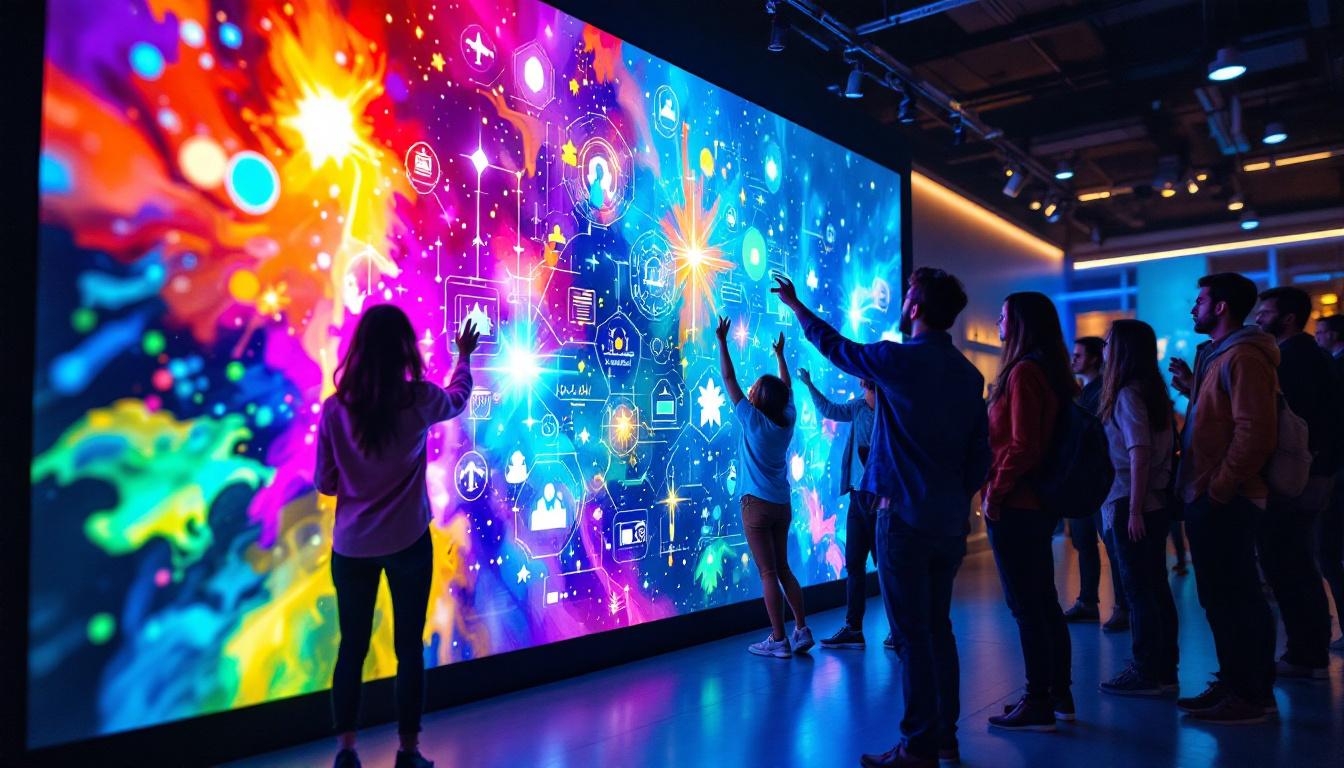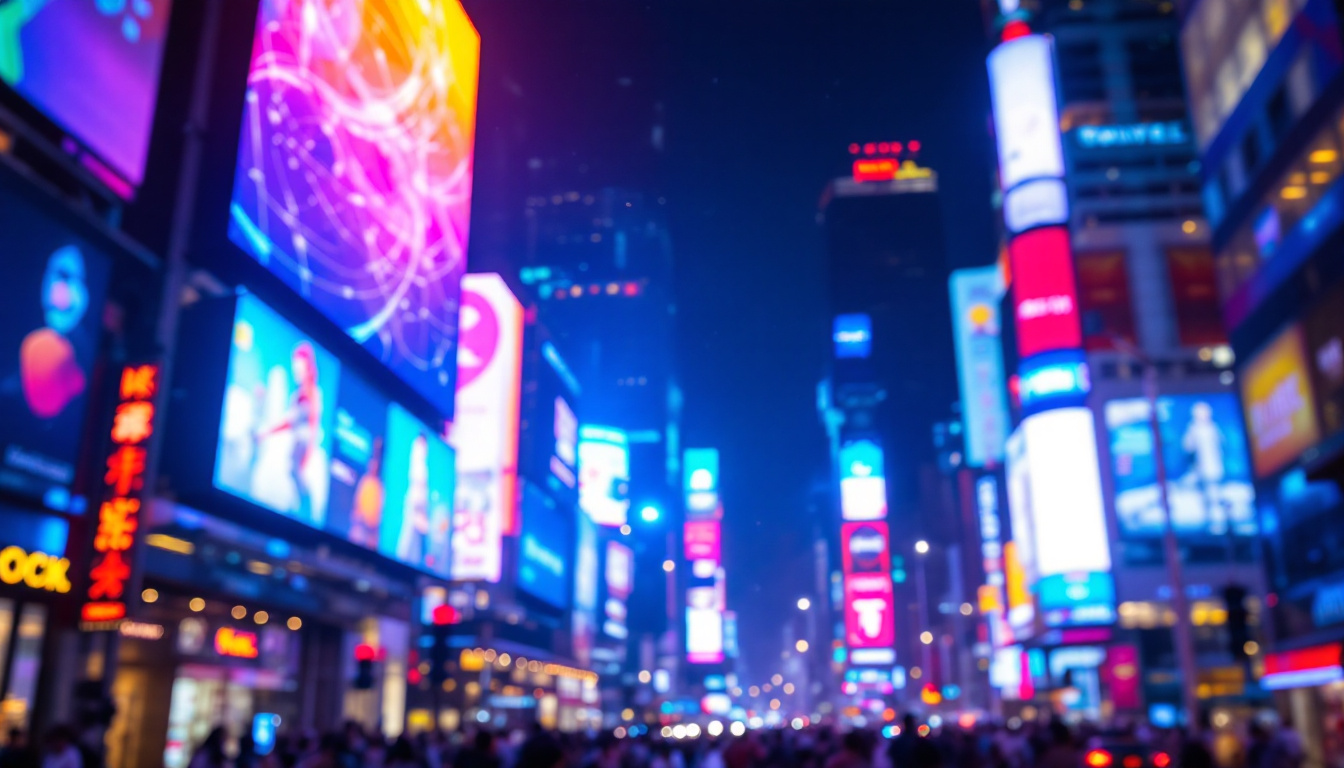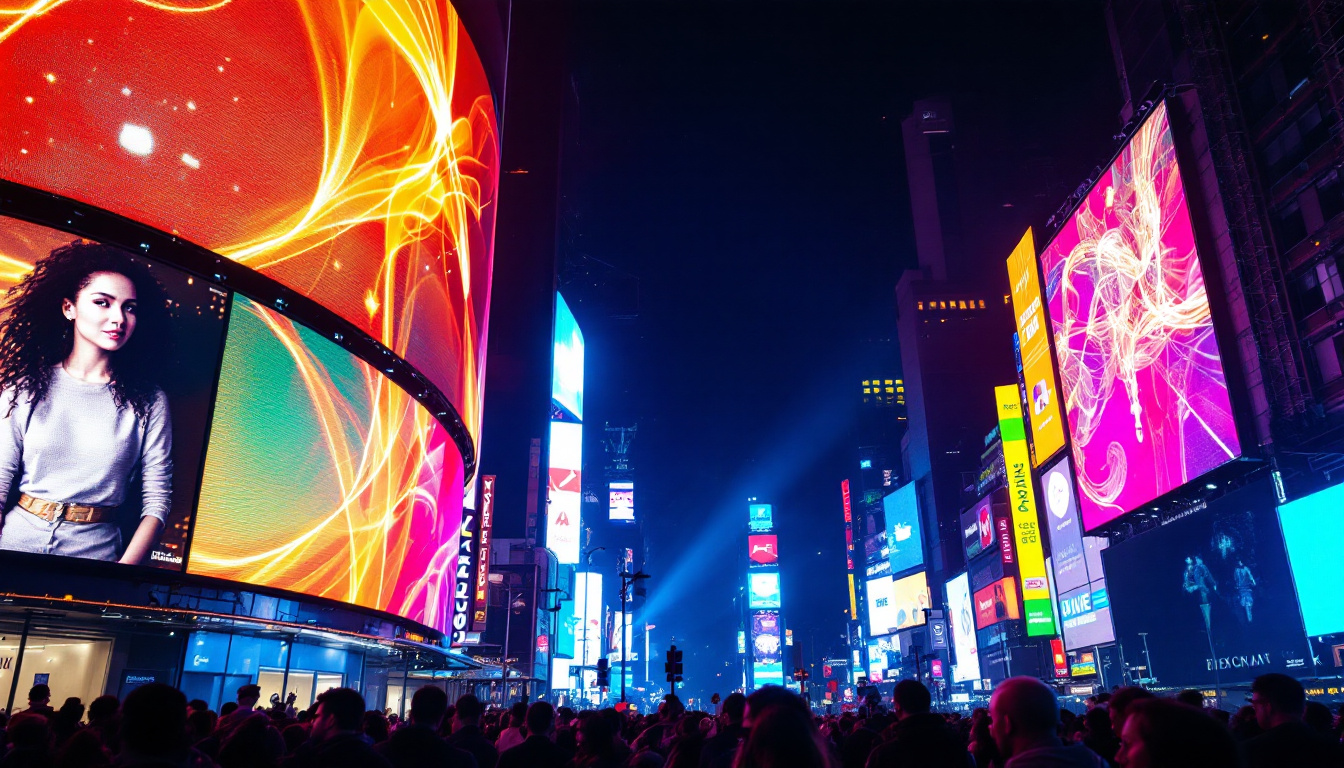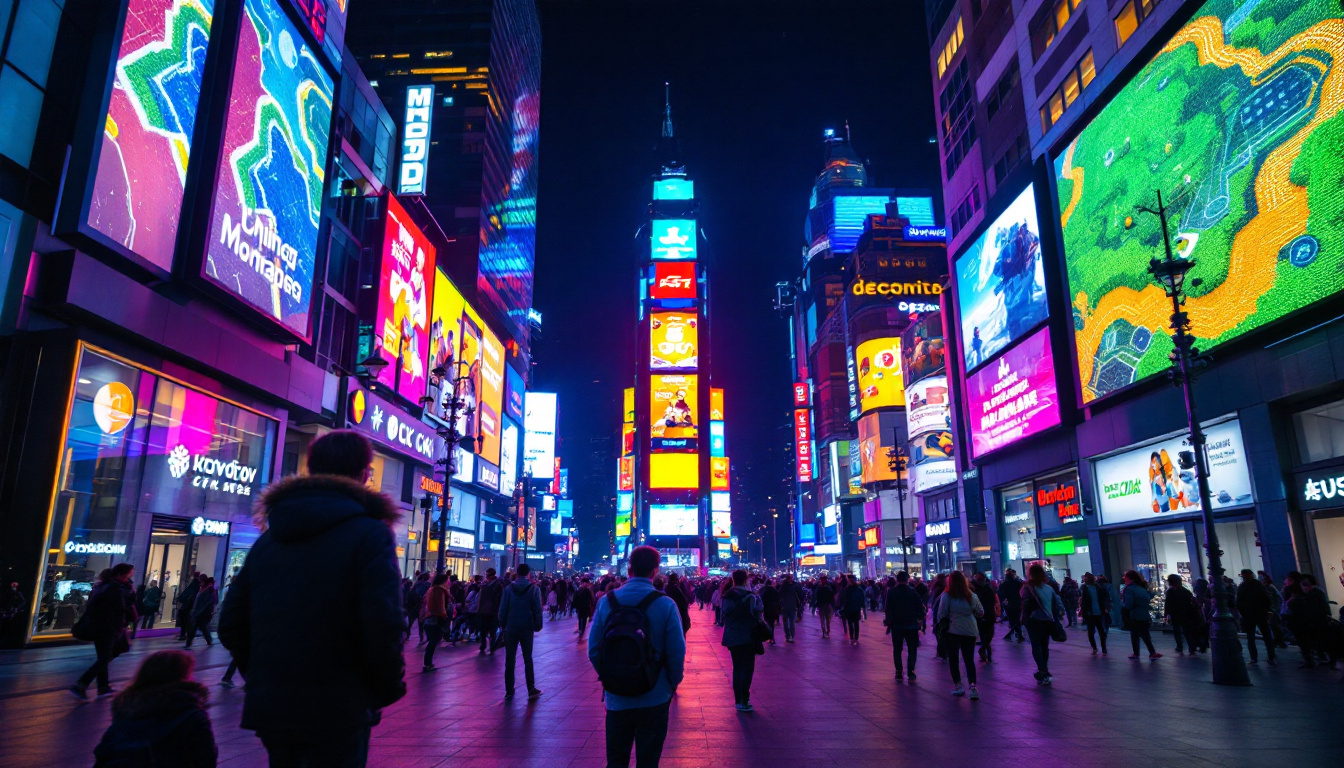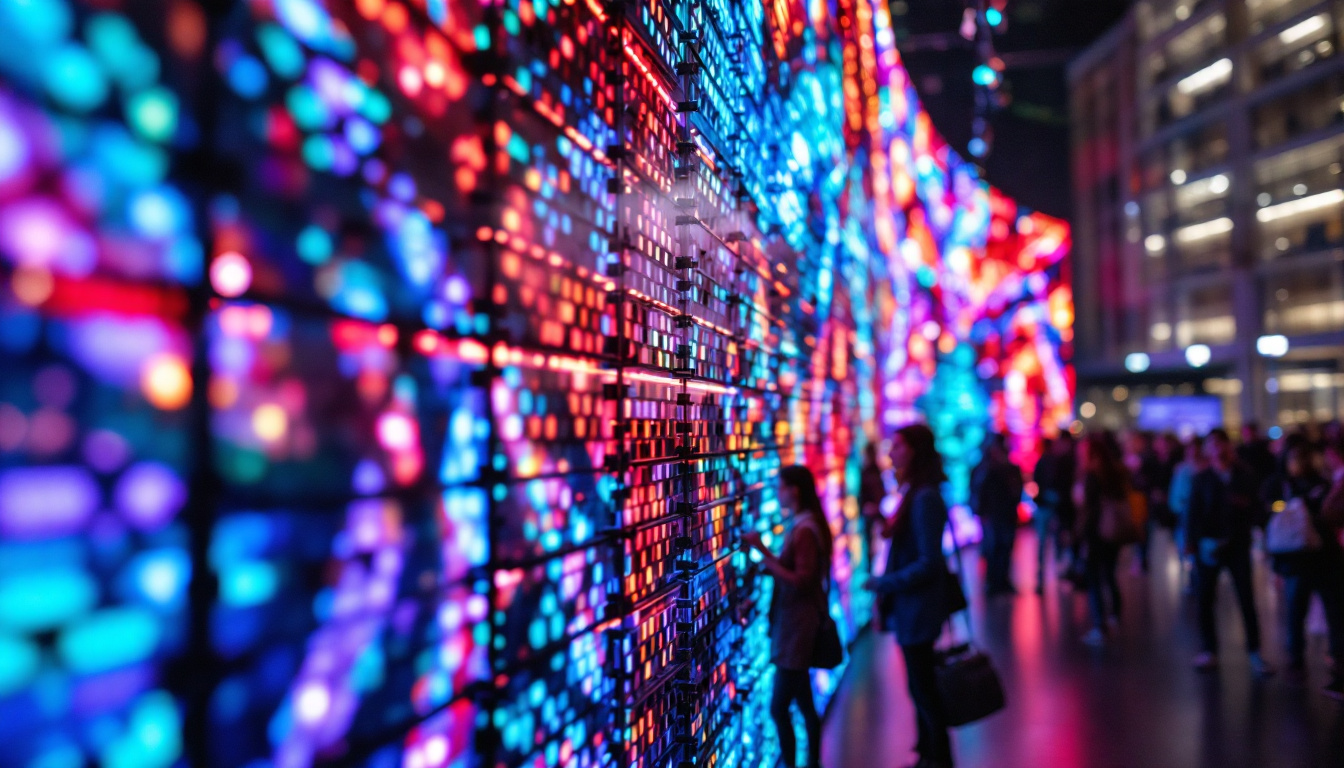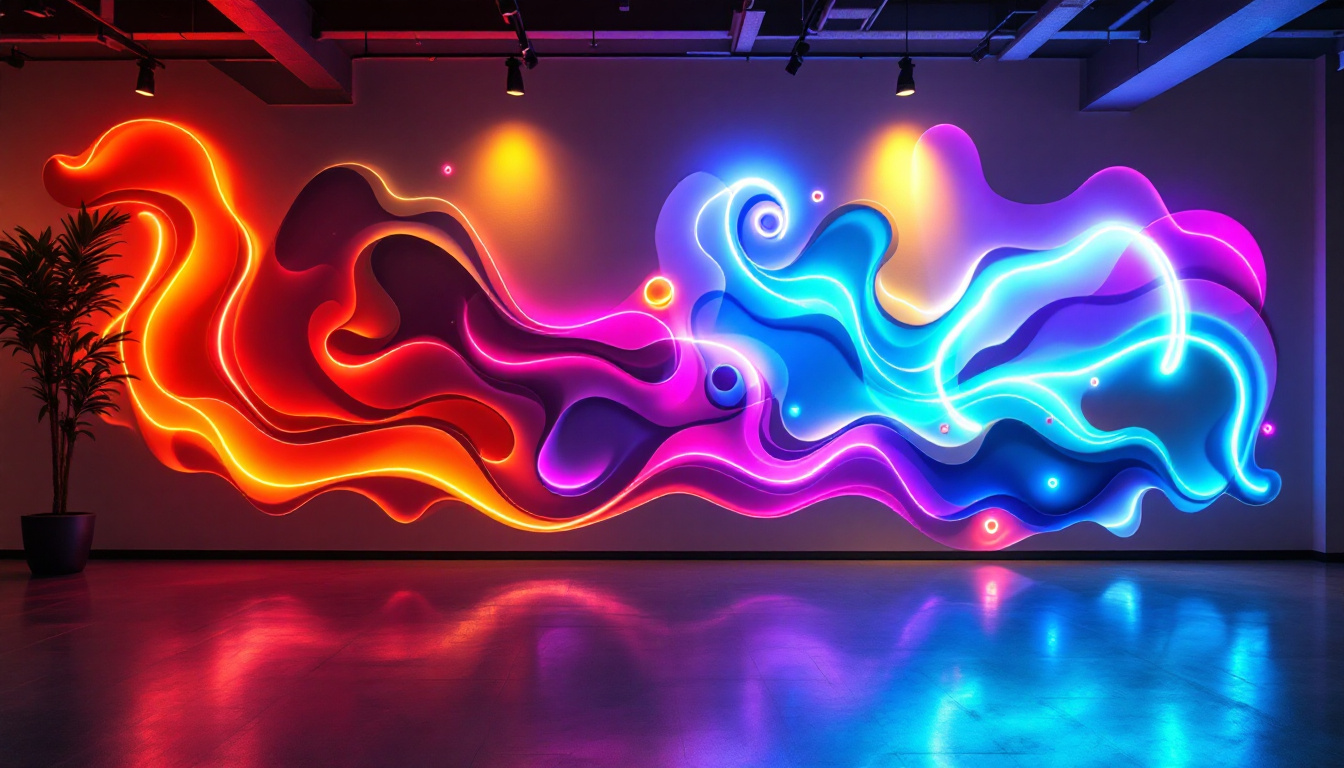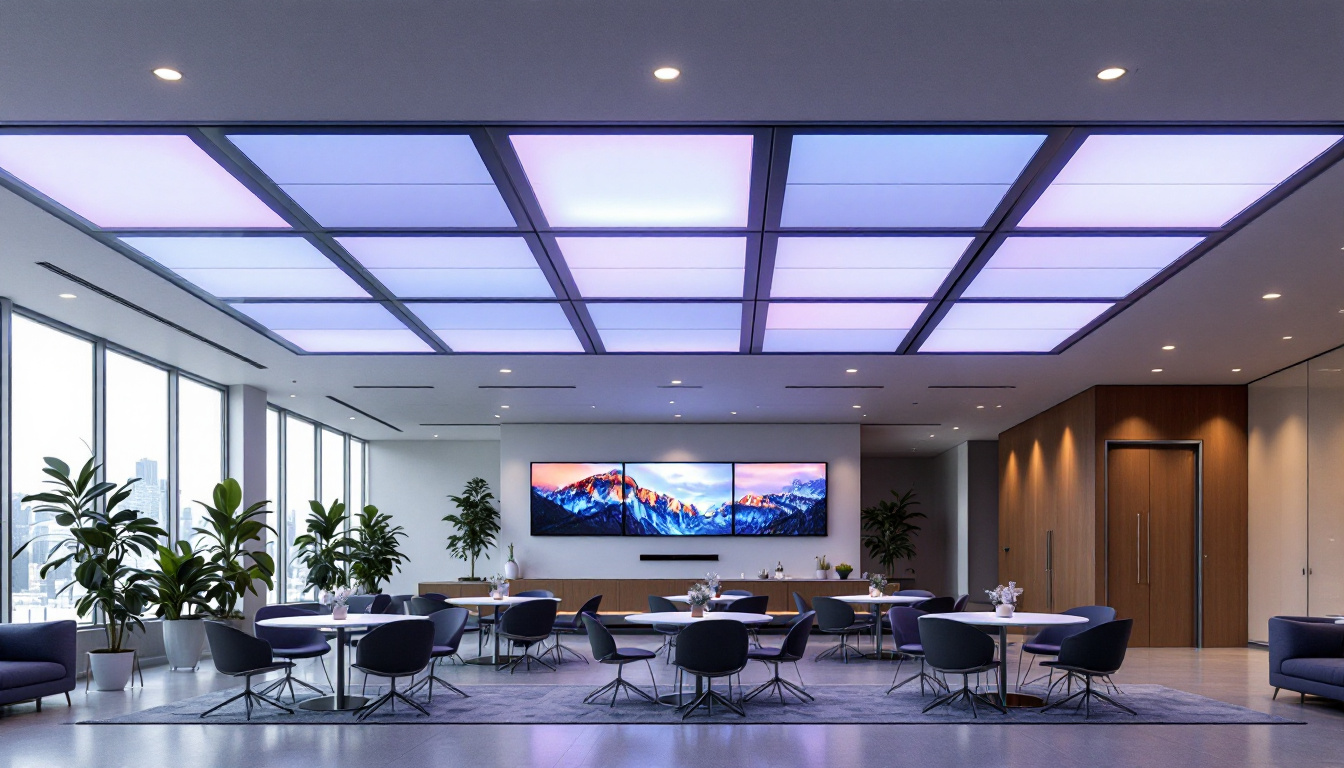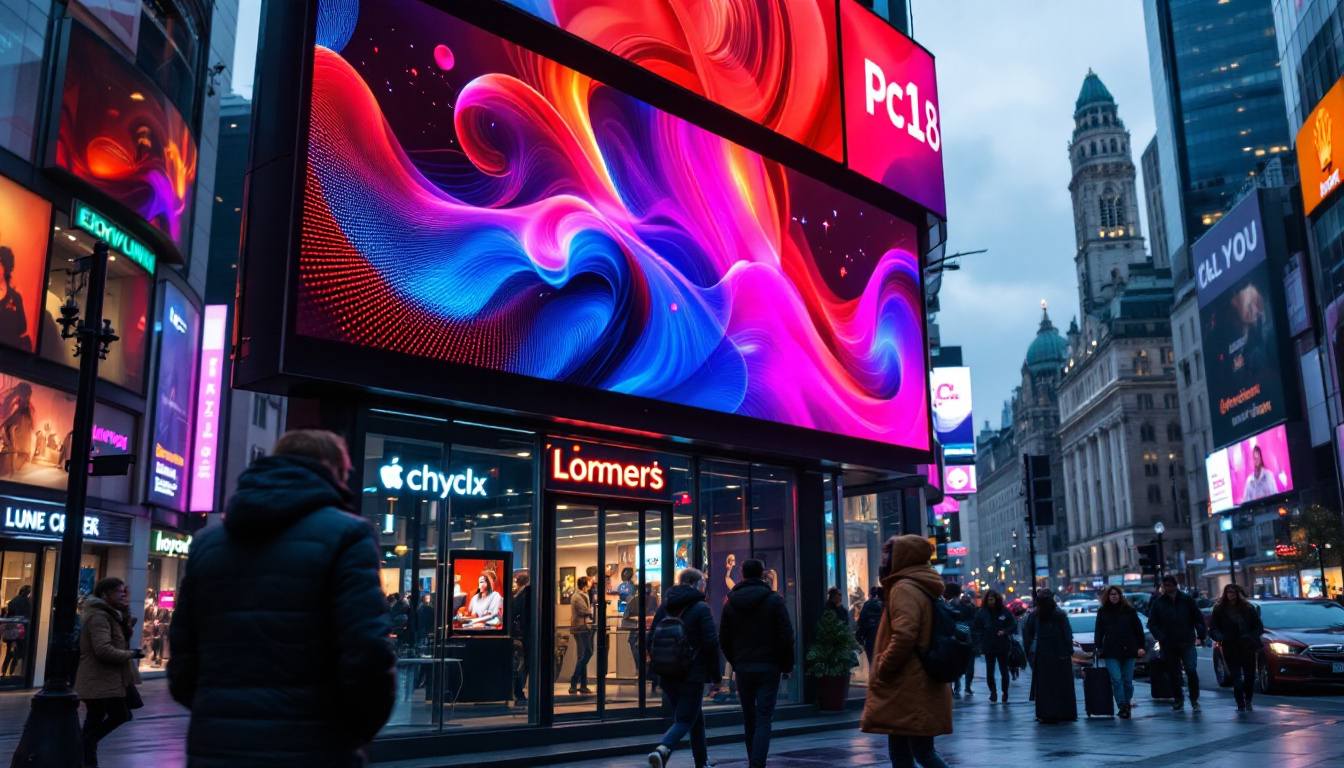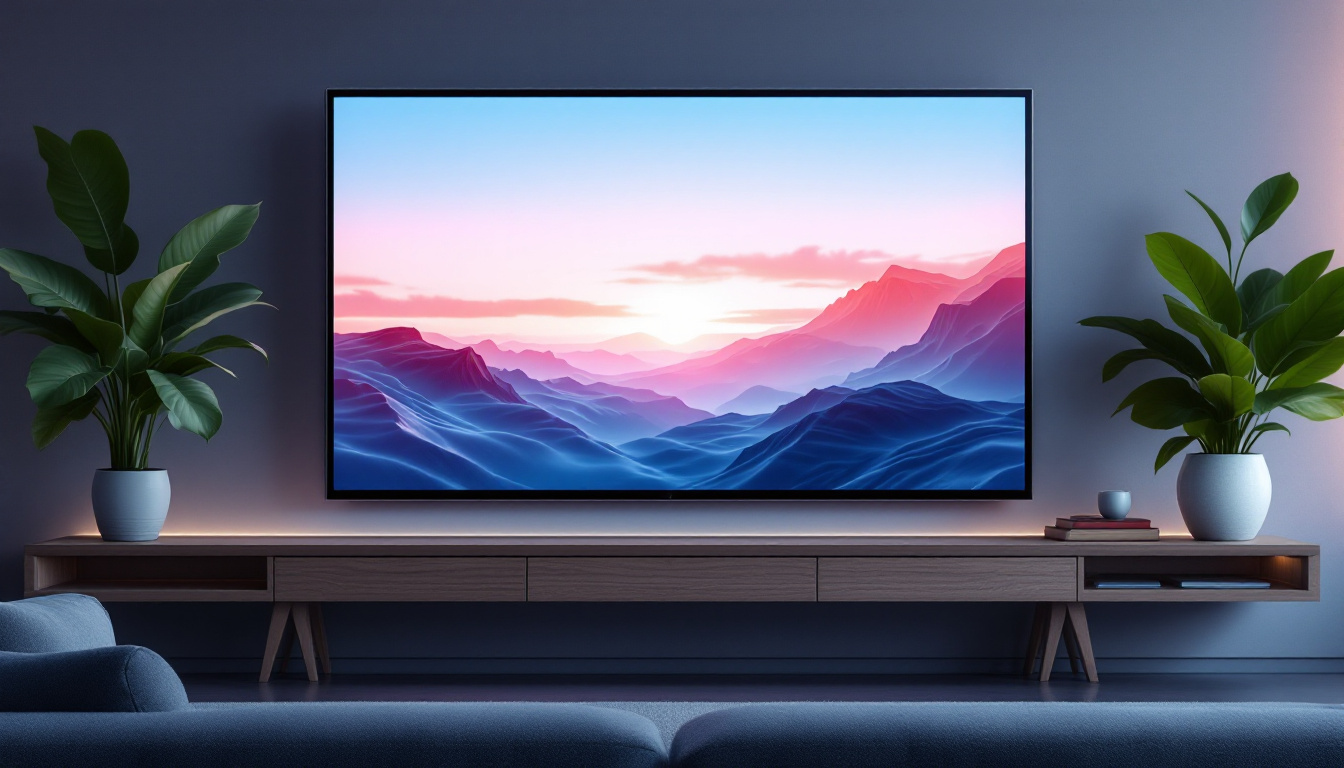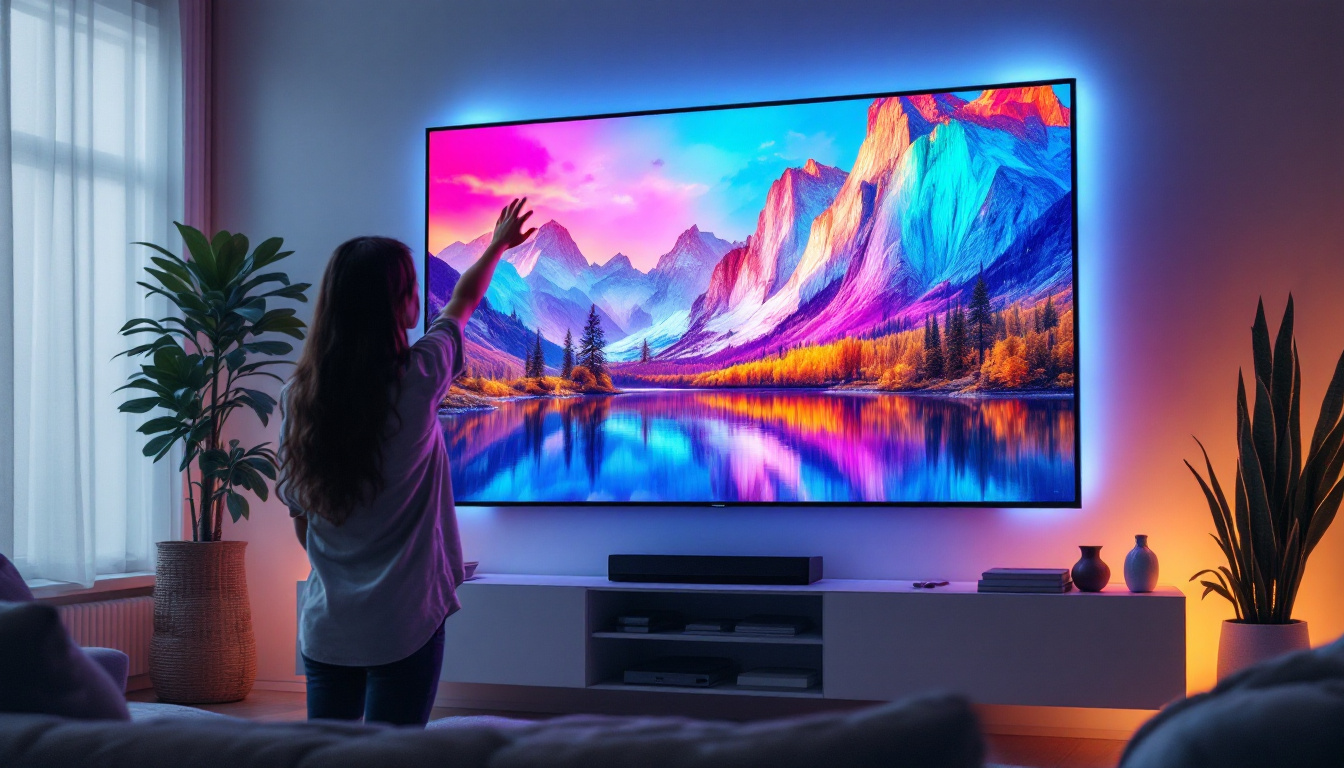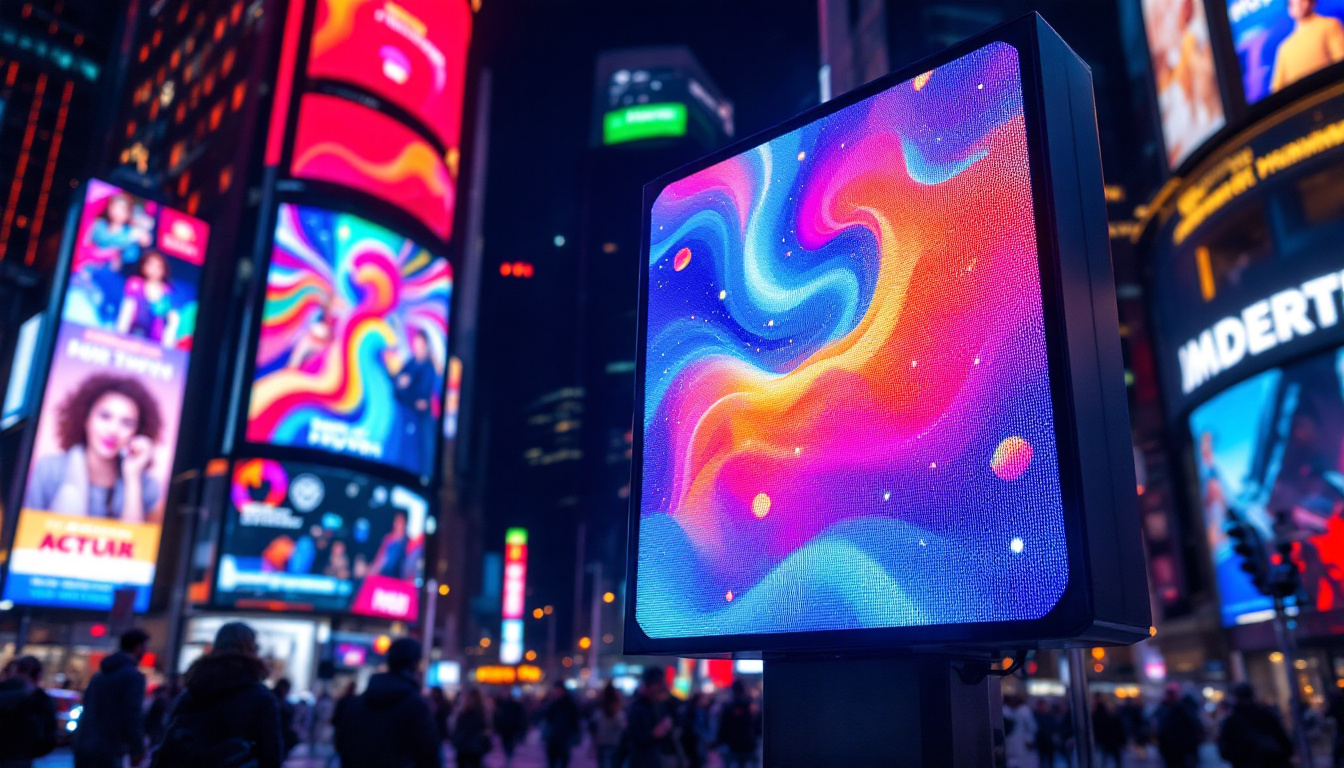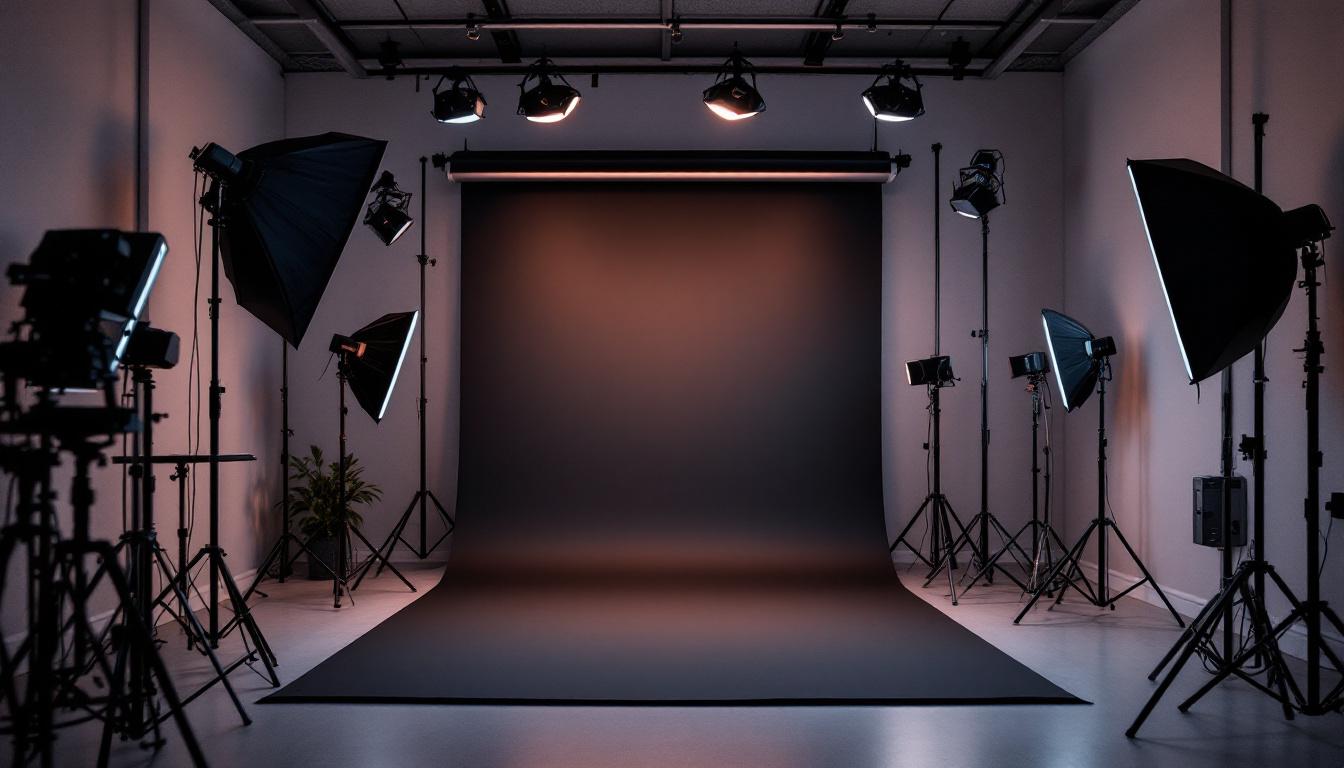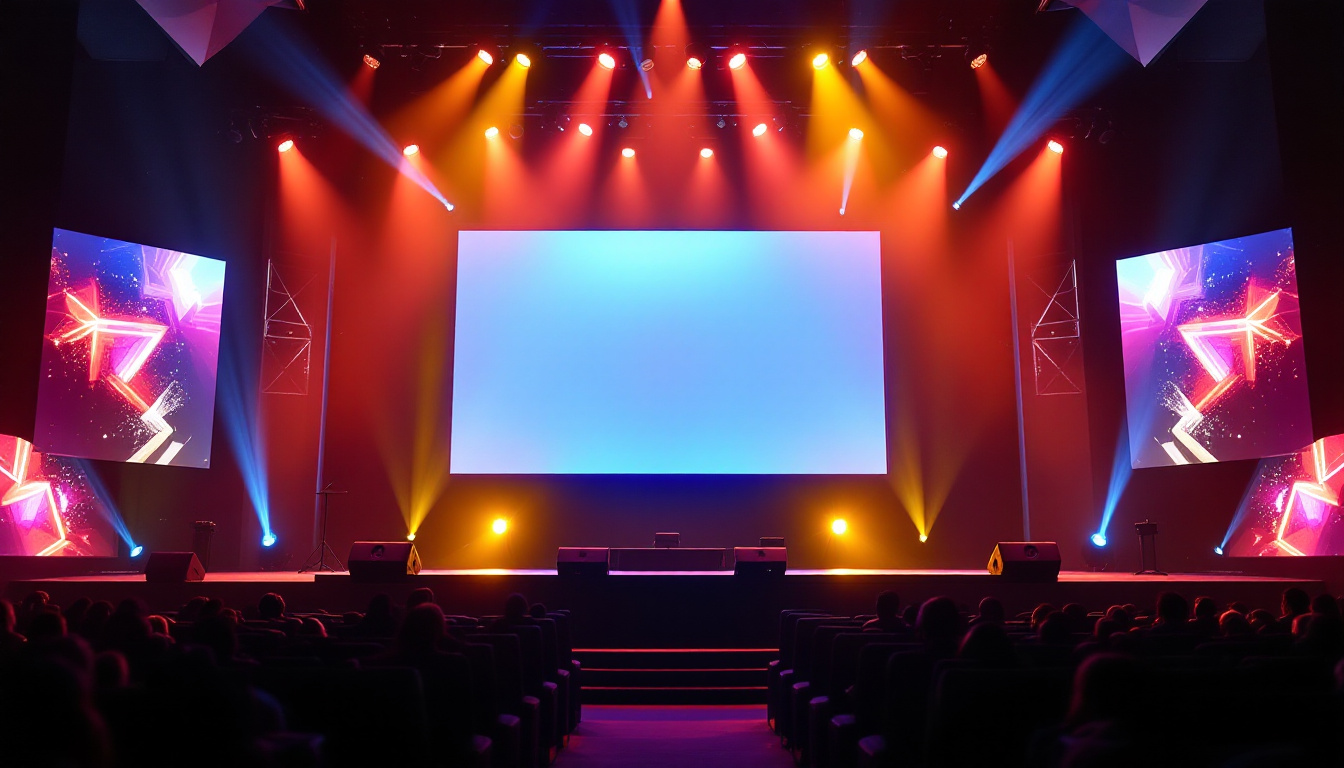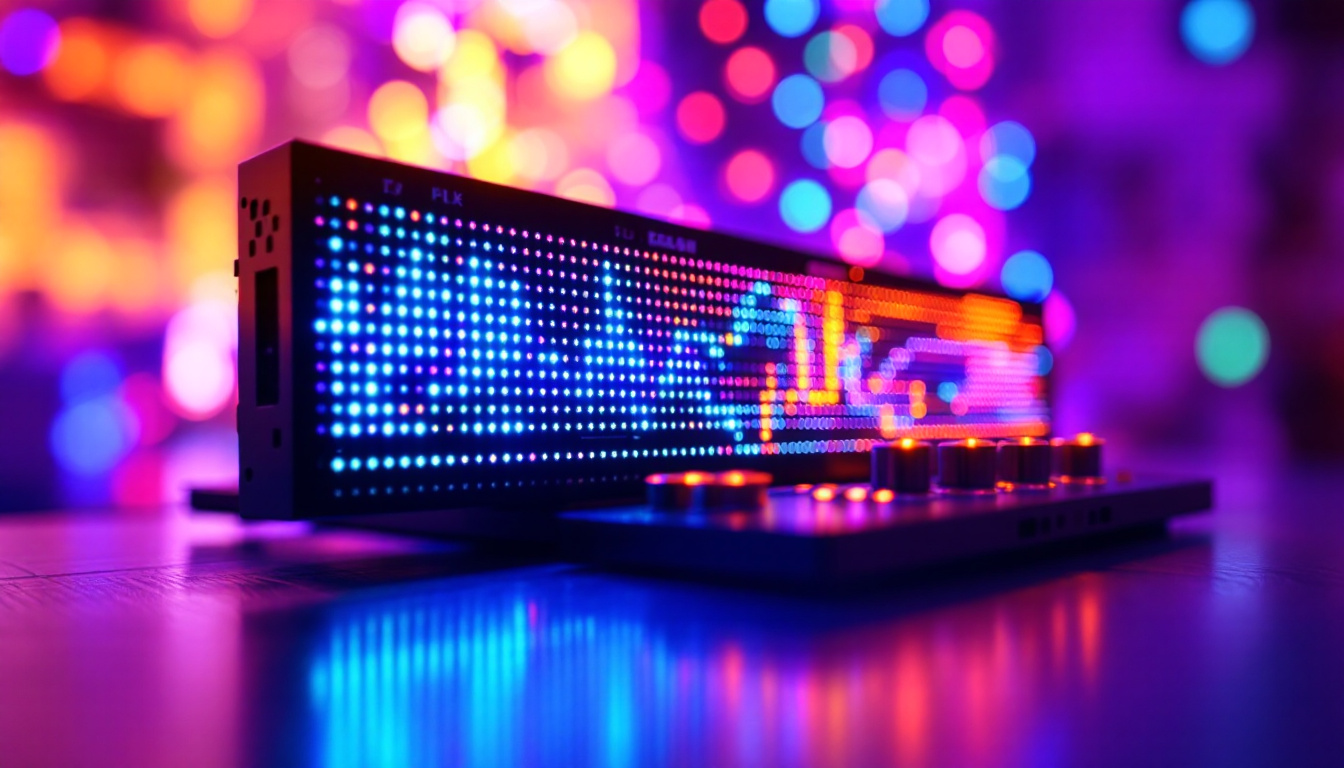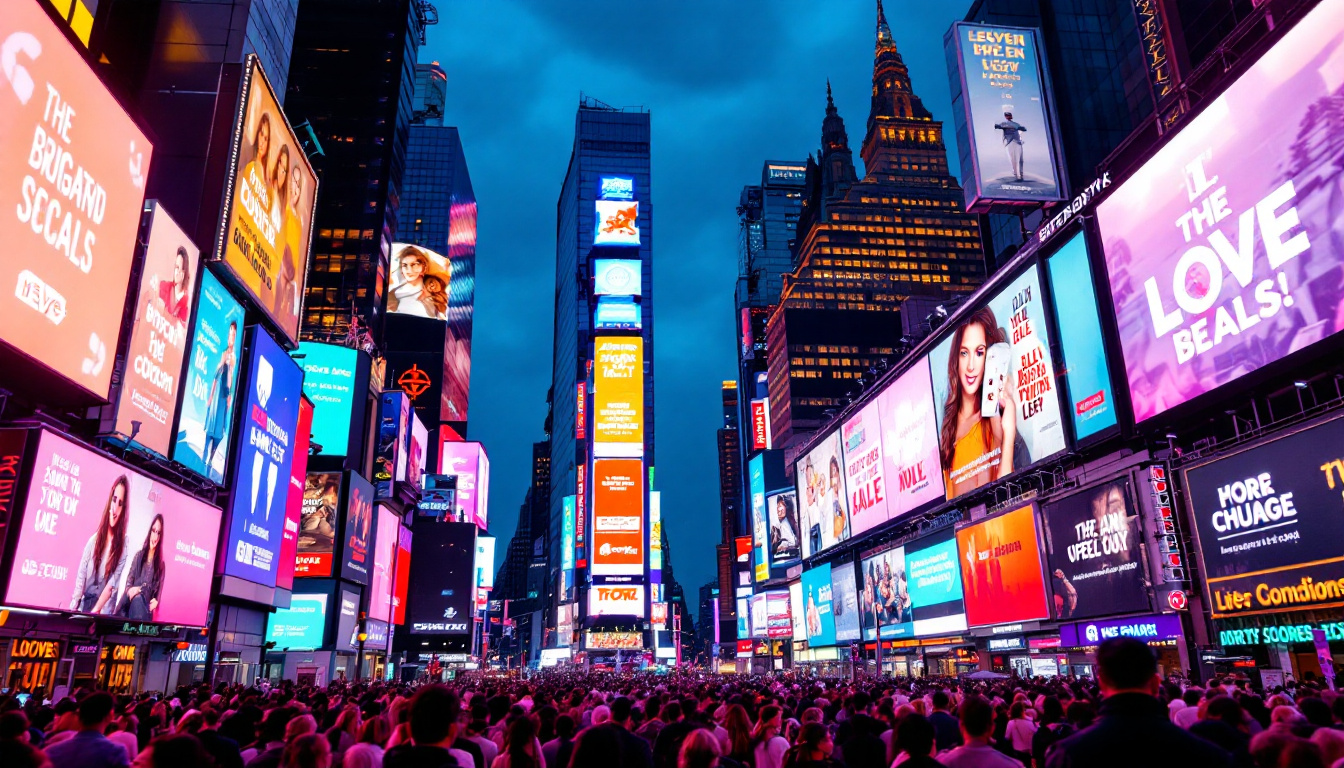In today’s fast-evolving digital landscape, large screen touch screen LED displays have become a cornerstone technology across various industries. From retail environments and corporate boardrooms to public information kiosks and entertainment venues, these displays are transforming how people interact with digital content. But what exactly makes LED touch screens so effective, and how do they work? This comprehensive guide delves into the technology behind large screen LED touch displays, their applications, benefits, and the future trends shaping this dynamic field.
Understanding LED Technology in Large Screen Displays
What is LED and How Does It Work?
LED stands for Light Emitting Diode, a semiconductor device that emits light when an electric current passes through it. Unlike traditional display technologies such as LCDs, which rely on backlighting, LEDs produce their own light. This fundamental difference allows LED displays to offer superior brightness, contrast, and energy efficiency.
Large screen LED displays are composed of thousands to millions of tiny LEDs arranged in a matrix. Each LED acts as a pixel or part of a pixel, illuminating in various colors to form images and videos. The ability to control each LED individually enables vibrant, high-resolution visuals that remain clear even in bright ambient light conditions. Additionally, the longevity of LED technology is noteworthy; these displays can last tens of thousands of hours, significantly reducing maintenance costs and frequency of replacements compared to other display technologies.
Types of LED Displays for Large Screens
When it comes to large screen LED displays, there are primarily two types: Direct View LED (DVLED) and LED-backlit LCD displays. Direct View LED displays are constructed entirely from LEDs, making them ideal for large-scale applications such as stadiums, outdoor billboards, and large indoor video walls. Their modular design allows for seamless scaling to enormous sizes. This flexibility not only accommodates various display configurations but also ensures that the visual experience can be tailored to specific environments, whether it be a concert, sporting event, or corporate presentation.
In contrast, LED-backlit LCDs use LEDs as a backlight source behind an LCD panel. While these can be large and offer good image quality, they typically don’t match the brightness and contrast levels of DVLEDs, especially in outdoor or high ambient light environments. Furthermore, LED-backlit LCDs can suffer from issues such as light bleed and limited viewing angles, which can detract from the overall viewing experience. As technology continues to evolve, hybrid models are emerging that combine the strengths of both technologies, aiming to deliver enhanced performance and versatility for various applications.
The Integration of Touch Screen Technology with LED Displays
How Touch Screens Work on Large LED Displays
Adding touch functionality to large LED displays transforms them from passive screens into interactive interfaces. Several touch technologies are compatible with large LED screens, including infrared (IR) touch, capacitive touch, and optical touch systems.
Infrared touch technology uses a grid of IR light beams across the screen surface. When a finger or stylus interrupts these beams, the system calculates the touch location. This method is highly scalable and works well on large screens without affecting image quality. Additionally, infrared touch systems are often more durable, as they do not rely on a fragile layer of sensors that can be easily damaged, making them ideal for high-traffic environments such as museums or public information kiosks.
Capacitive touch, commonly found in smartphones and tablets, detects changes in electrical charge when a conductive object touches the screen. While capacitive touch offers precise multi-touch capabilities, it can be more challenging to implement on very large displays due to cost and technical complexity. However, advancements in technology are gradually overcoming these hurdles, allowing for larger capacitive screens that maintain responsiveness and accuracy, thus broadening their application in various sectors.
Benefits of Touch-Enabled Large LED Displays
Touch-enabled large LED displays open up a world of possibilities for user engagement. In retail, interactive digital signage allows customers to browse catalogs, customize products, or locate store information with ease. In corporate settings, touch video walls facilitate collaborative presentations and brainstorming sessions. These displays can also be integrated with analytics tools, providing businesses with valuable insights into customer interactions and preferences, which can help tailor marketing strategies and improve customer service.
Moreover, these displays enhance accessibility, enabling users to interact directly with content rather than relying on external devices like keyboards or mice. This intuitive interaction model improves user experience and can increase the effectiveness of digital communication. Furthermore, touch-enabled displays can be programmed to support multiple languages and accessibility features, ensuring that a diverse audience can engage with the content. As technology continues to evolve, we can expect to see even more innovative applications for touch-enabled large LED displays, such as augmented reality experiences that blend digital information with the physical world, further enriching user interaction and engagement.
Applications of Large Screen Touch Screen LED Displays
Retail and Advertising
Retailers leverage large touch screen LED displays to create immersive shopping experiences. Interactive storefront windows and in-store kiosks attract customers by showcasing products dynamically and allowing personalized exploration. According to a 2023 report by Grand View Research, the global digital signage market is projected to reach $32.84 billion by 2028, driven in part by the adoption of interactive LED displays.
Advertising agencies also benefit from the high visibility and engagement rates of large LED touch screens. These displays can deliver targeted content, collect user data, and adapt in real-time based on audience interaction, making campaigns more effective and measurable.
Corporate and Educational Environments
In corporate boardrooms and training centers, large touch screen LED displays facilitate collaboration and information sharing. Teams can manipulate data visualizations, annotate documents, and conduct video conferences with enhanced clarity and interactivity. This technology supports hybrid work models by bridging physical and virtual meeting spaces.
Educational institutions utilize these displays to create interactive learning environments. Large touch screens enable teachers to present multimedia content and engage students in hands-on activities, fostering better retention and participation.
Public Spaces and Transportation
Public information kiosks, wayfinding systems, and transit displays increasingly incorporate large touch screen LED technology. Airports, train stations, and city centers use these displays to provide real-time updates, maps, and service information that users can navigate intuitively. The durability and brightness of LED displays ensure visibility and usability in diverse lighting conditions.
Advantages of Large Screen Touch Screen LED Displays
Superior Visual Quality
One of the most compelling advantages of LED displays is their exceptional visual quality. With brightness levels often exceeding 1,000 nits, these displays remain vibrant and readable even in direct sunlight. The high contrast ratio and wide color gamut contribute to lifelike images and videos that capture attention effectively.
Scalability and Flexibility
LED displays are highly modular, allowing for custom sizes and shapes. This scalability is crucial for applications ranging from small interactive kiosks to massive video walls spanning hundreds of square feet. Additionally, the lightweight panels enable easier installation and maintenance compared to traditional display technologies.
Energy Efficiency and Longevity
LED technology is known for its energy efficiency, consuming significantly less power than older display types. This efficiency translates into lower operating costs, especially for installations running 24/7. Furthermore, LED displays have long lifespans—often exceeding 100,000 hours—reducing the frequency and expense of replacements.
Enhanced User Engagement
Touch interactivity combined with large, vivid displays creates an engaging user experience that drives interaction and retention. Whether in retail, education, or public information, this engagement can translate into higher sales, improved learning outcomes, or better-informed citizens.
Challenges and Considerations When Implementing Large Touch Screen LED Displays
Cost and Investment
While prices for LED technology have decreased over the years, large screen touch LED displays still represent a significant investment. Beyond the initial purchase, costs include installation, calibration, and ongoing maintenance. Organizations must carefully evaluate their return on investment and select solutions that align with their specific needs and budgets.
Technical Complexity
Integrating touch technology with large LED displays requires expertise to ensure accurate touch response and image quality. Environmental factors such as ambient light, temperature, and physical wear can impact performance. Selecting the appropriate touch technology and protective coatings is essential for reliable operation.
Content Management and Software
Effective use of large interactive displays depends on robust content management systems (CMS) and software platforms. These tools enable dynamic content updates, user analytics, and multi-user interaction. Organizations must invest in user-friendly software and training to maximize the benefits of their LED touch screen installations.
The Future of Large Screen Touch Screen LED Displays
Advancements in MicroLED and MiniLED Technologies
Emerging LED technologies such as MicroLED and MiniLED promise even higher resolution, improved color accuracy, and thinner form factors. MicroLED displays, in particular, offer self-emissive pixels with exceptional brightness and energy efficiency, potentially revolutionizing large screen applications within the next few years.
Integration with AI and IoT
Artificial intelligence (AI) and the Internet of Things (IoT) are increasingly integrated with large touch screen LED displays. AI-powered analytics can personalize content based on user behavior, while IoT connectivity enables real-time data feeds and remote management. These innovations will make displays smarter, more responsive, and more valuable to businesses and public services.
Enhanced Multi-Touch and Gesture Recognition
Future touch screen LED displays are expected to support more sophisticated interaction methods, including multi-touch gestures, voice commands, and even eye tracking. These capabilities will create more natural and immersive user experiences, expanding the potential use cases for large interactive displays.
Conclusion
Large screen touch screen LED displays represent a powerful convergence of visual technology and interactive design. Their superior brightness, scalability, and energy efficiency make them ideal for a wide range of applications, from retail and corporate environments to public spaces and education. While challenges such as cost and technical complexity remain, ongoing advancements in LED technology and touch interfaces continue to expand their capabilities and accessibility.
As businesses and institutions seek to engage audiences more effectively, large interactive LED displays will play an increasingly vital role. Understanding the technology behind these displays and their practical applications is essential for making informed decisions and harnessing their full potential.
Discover LumenMatrix’s Innovative LED Display Solutions
Ready to elevate your space with the latest in LED display technology? LumenMatrix is at the forefront of creating immersive environments with our comprehensive range of LED display modules. Whether you’re looking to enhance your retail space, captivate attendees at your next corporate event, or engage fans at a sports venue, our solutions are designed to meet your unique needs. From Indoor and Outdoor LED Walls to specialized displays for vehicles, sports, and even customizable options, LumenMatrix is committed to revolutionizing your visual communication. Check out LumenMatrix LED Display Solutions today and see how we can help you create an unforgettable visual experience.

